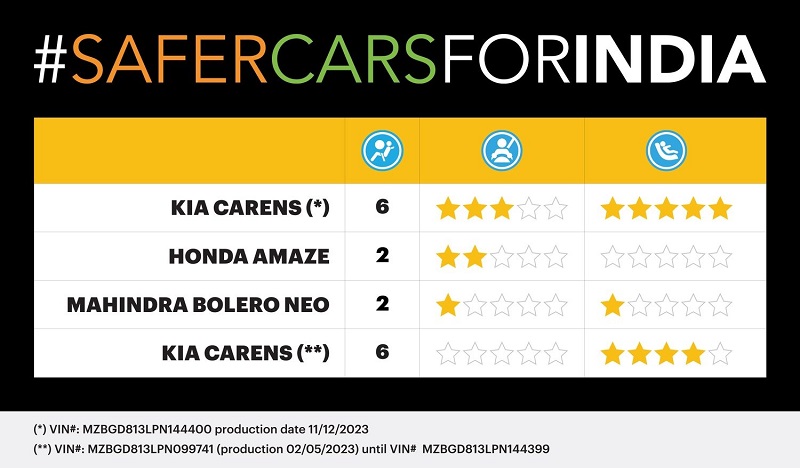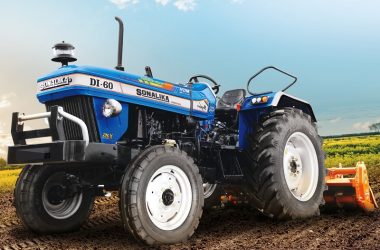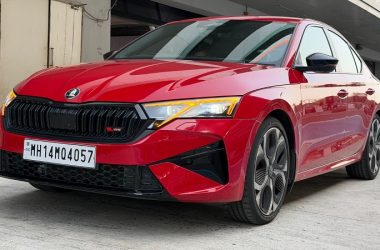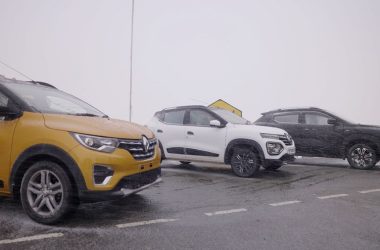In the latest round of Global NCAP crash tests, a spectrum of results has spotlighted the varying safety standards across car models sold in India. The Honda Amaze limped away with a mere two stars for adult and zero stars for child occupant safety. Meanwhile, the Kia Carens staged a commendable comeback, improving from zero stars initially to three stars for adult safety and a perfect five stars for child safety after manufacturer interventions and a retest.
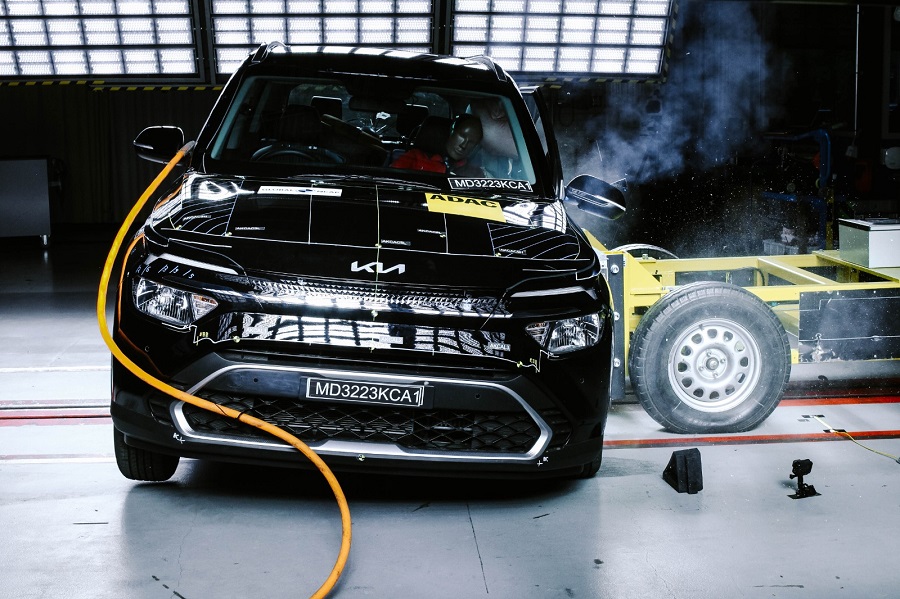
Conversely, the Mahindra Bolero Neo struggled, securing only one star for both adult and child safety, a result that Global NCAP Secretary General, Alejandro Furas, found particularly disappointing. “This falls well below the safety performance we have come to expect from Mahindra,” Furas stated, reflecting on the broader implications of the #SaferCarsForIndia campaign’s findings.
David Ward, President of the Towards Zero Foundation, noted the inconsistency in safety enhancements across the board. “This mixed set of results demonstrates that more effort is still needed from some manufacturers to prioritize vehicle safety in the Indian market,” Ward commented. He also highlighted the necessity of maintaining safety advancements as Bharat NCAP takes a more prominent role in standardizing vehicle safety in India.
Despite receiving six airbags as standard, the Kia Carens only achieved a three-star rating due to issues like high neck values for drivers, which were partially addressed after significant structural enhancements by Kia. The Carens was not assessed for side pole impact, which could have influenced its final rating.
The Honda Amaze, on the other hand, showed a significant drop in child occupant protection under the more stringent testing protocols, illustrating the harsh consequences of lacking adequate safety features like three-point belts in all seating positions and a passenger airbag disconnection switch.
In response to the disappointing results, Honda commented on their commitment to safety, emphasizing the higher ratings achieved by the South Africa spec of the Amaze under previous protocols and their plans to improve safety features in future models.
As the campaign draws to a close, these results underline the critical need for continuous improvement and adaptation of vehicle safety features to meet evolving standards, ensuring that all vehicles sold not only meet minimum safety requirements but strive for the highest possible ratings.
